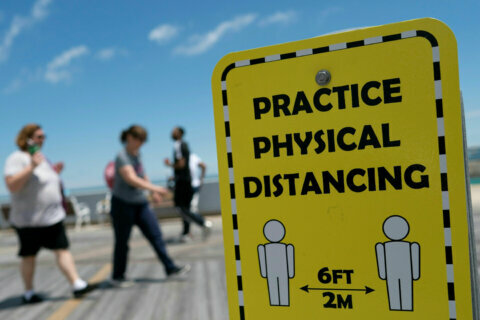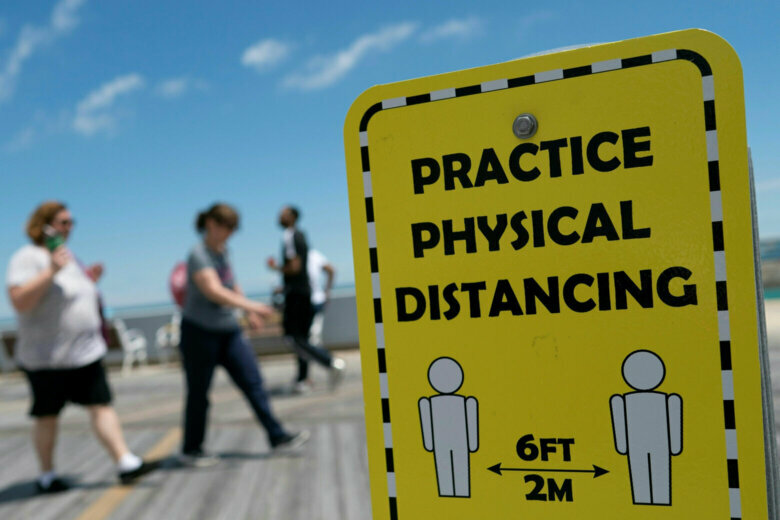
People who have been sick with coronavirus infections should stay away from other people until they’ve gone at least three days with no fever, have seen symptoms improve, and until it’s been 10 days since they first noticed symptoms, the US Centers for Disease Control and Prevention said in updated guidance.
The CDC updated guidance on when it’s safe to leave quarantine, as well as some consumer-friendly guidance on using public transit and ride shares as states loosen restrictions on opening schools, businesses and leaving home.
People who have been infected need to be sure they won’t spread the virus, even if they feel better, the CDC advised.
“Depending on your healthcare provider’s advice and availability of testing, you might get tested to see if you still have Covid-19. If you will be tested, you can be around others when you have no fever, symptoms have improved, and you receive two negative test results in a row, at least 24 hours apart,” the CDC said in the new guidance.
Waiting to mingle
People who tested positive but had no symptoms can still infect others, and the CDC says people should wait for 10 days after a positive test before mixing with other people again.
“People with conditions that weaken their immune system might need to stay home longer than 10 days,” the CDC said.
And people who are exposed to someone with coronavirus need to stay at home for at least 14 days, the CDC said, since it can take that long for symptoms to develop.
The CDC’s updated practical advice for using public transportation, ride shares and other transportation was consistent with other advice on preventing infection: wash your hands and be careful what you touch.
But the CDC also advises opening windows when possible to improve air circulation, especially in cars.
Wash again and again
“Limit touching frequently touched surfaces such as kiosks, digital interfaces such as touchscreens and fingerprint scanners, ticket machines, turnstiles, handrails, restroom surfaces, elevator buttons, and benches as much as possible,” the CDC advises.
“If you must touch these surfaces, as soon as you can, wash your hands for 20 seconds with soap and water or rub your hands with sanitizer containing 60% alcohol,” it adds.
“Use touchless payment and no-touch trash cans and doors when available. Exchange cash or credit cards by placing them in a receipt tray or on the counter rather than by hand, if possible.”
Social distancing is also important in both cars and on public transit, the CDC said.
“When possible, consider traveling during non-peak hours when there are likely to be fewer people,” it advises. “Follow social distancing guidelines by staying at least 6 feet (2 meters) from people who are not from your household. For example:
• Avoid gathering in groups, and stay out of crowded spaces when possible, especially at transit stations and stops.
• Consider skipping a row of seats between yourself and other riders if possible.
• Enter and exit buses through rear entry doors if possible.
• Look for social distancing instructions or physical guides offered by transit authorities (for example, floor decals or signs indicating where to stand or sit to remain at least 6 feet apart from others).
In taxis and ride shares, the CDC advises touching as few places as possible, frequent hand cleaning and avoiding taking water bottles or other items being offered. “Limit the number of passengers in the vehicle to only those necessary,” it adds.
“Avoid pooled rides or rides where multiple passengers are picked up who are not in the same household. Sit in the back seat in larger vehicles such as vans and buses so you can remain at least six feet away from the driver.”
And, open the windows. “Ask the driver to improve the ventilation in the vehicle if possible — for example, by opening the windows or setting the air ventilation/air conditioning on non-recirculation mode.”








